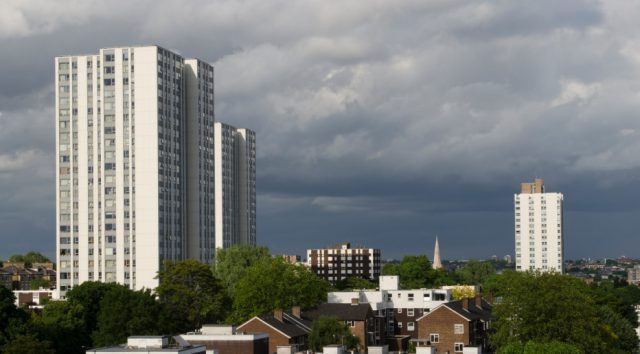Property price inflation to cancel out Stamp Duty
Today sees the additional 3% stamp duty surcharge come into force on buy-to-let and additional properties in England and Wales.
However, new analysis from national estate agent, Jackson-Stops & Staff suggests the reforms will fail to have the desired effect of putting off buy-to-let investors.
Inflation
Following a surge in investment during the run up to the deadline, there are already signs that purchasers will not be deterred by the changes. A key reason for this is that many investors will see property price inflation compensate them for the additional stamp duty, within one year or less.
Jackson-Stops & Staff warn that the greatest losers of the stamp duty reform will be tenants, with landlords ultimately passing on their additional costs to rental prices.
Research from the Association of Residential Letting Agents (ARLA) indicates that the majority of landlords keep their investment property for more than one year. Data shows that 33% of landlords keep their buy-to-let property for between 11-2o years. This suggests that many landlords reap benefits from house price growth in the long-term.
Level playing field
Nick Leeming, Chairman at Jackson-Stops & Staff, noted, ‘the Government, through it’s new stamp duty surcharge, is trying to make the playing field more even between property investors and first-time buyers by eating into landlords’ profits.’
‘Our message to landlords is that when you do the sums and look at the direction of house prices, placing money in bricks and mortar is still by far the best investment vehicle. If property prices continue on their trajectory, within a year or less of buying their investment property the vast majority of landlords would have earned back all the money given through stamp duty, even with the new 3% surcharge, by doing nothing at all-just sitting back and watching the price of their home increase. Therefore the idea that the stamp duty tax will act as a deterrent is a fiction, as for most landlords it won’t amount to a significant figure,’ he added.[1]

Property price inflation to cancel out Stamp Duty
Demand
Continuing, Leeming observed, ‘the Bank of England has clearly noted that the 3% stamp duty surcharge is unlikely to ease buy-to-let demand from investors and has now announced its own intervention to cool the market. From a landlord’s perspective it appears as though UK institutions are out to get them. Around half of all privately rented homes are owned by landlords with buy-to-let mortgages, providing homes for people who choose to rent as a lifestyle choice or are trying to get onto the housing ownership ladder.’[1]
If the research is correct, eight of ten regions of England and Wales will find capital gain will negate additional stamp duty payments within a year. The two regions where predicted capital gains on an average priced home do not cover the increase are in the North East and North West.
Concluding, Mr Leeming said, ‘the North East and North West regions of the UK, where house price growth is more restrained at present, are the only regions where landlords will find capital growth in the first year does not eclipse the new stamp duty they would have to pay. These two regions are also the only two where home owners currently pay no stamp duty on the average home as the average property price still remains under £125,000, the price level where stamp duty first bites. Tenants here are more likely to see landlords in future pass on this additional cost via rent and we also anticipate investors to be more assertive when they negotiate on buying a home, which will be reflected in lower offers.’[1]
[1] http://www.propertyreporter.co.uk/landlords/landlords-to-be-compensated-for-stamp-duty-rise.html






